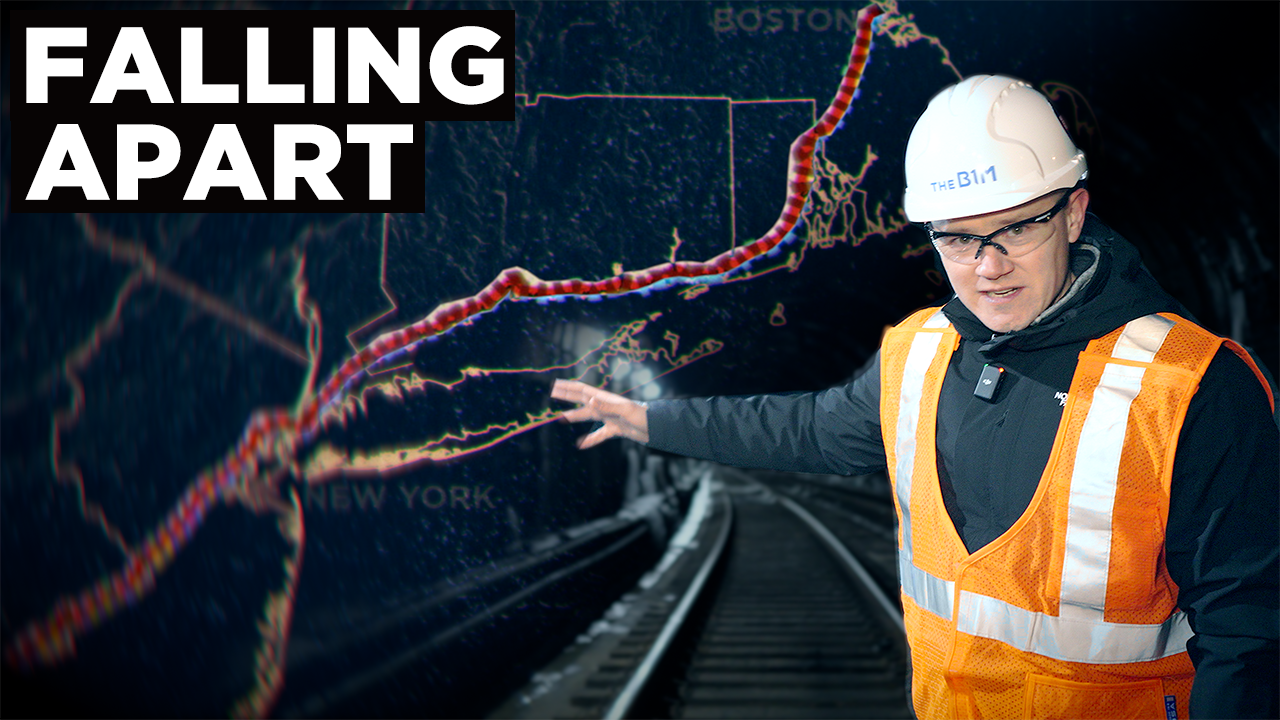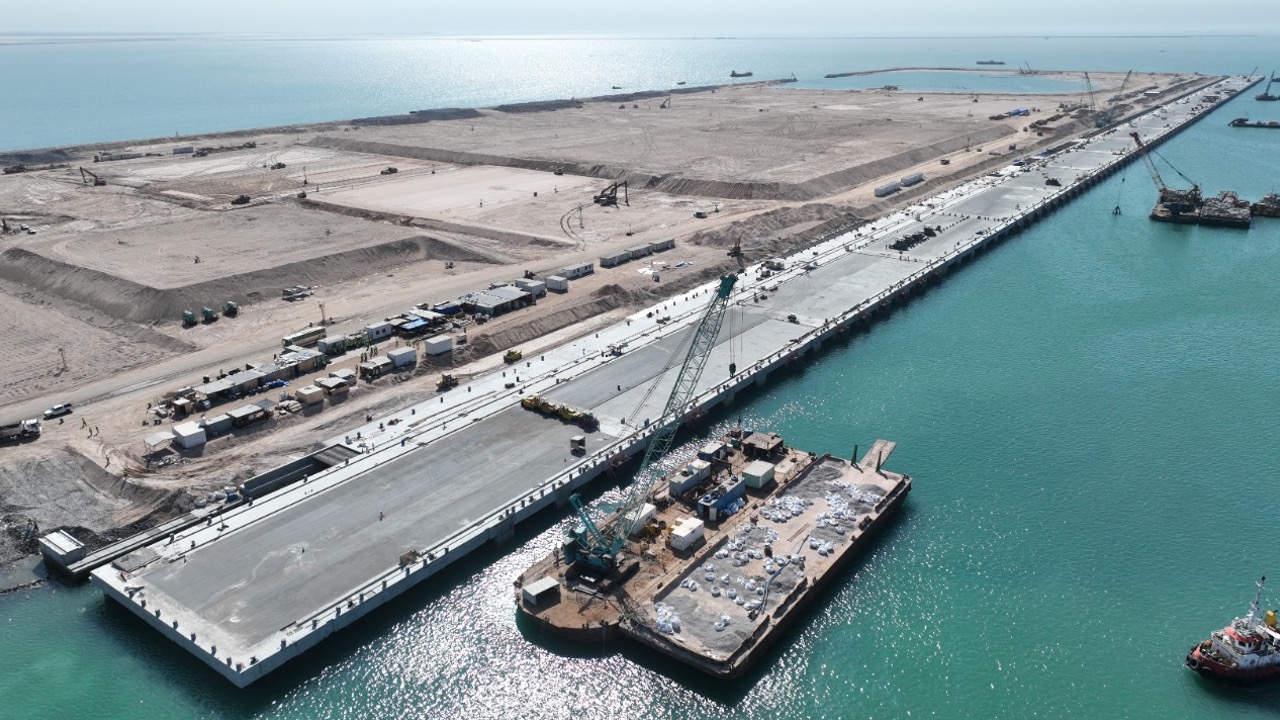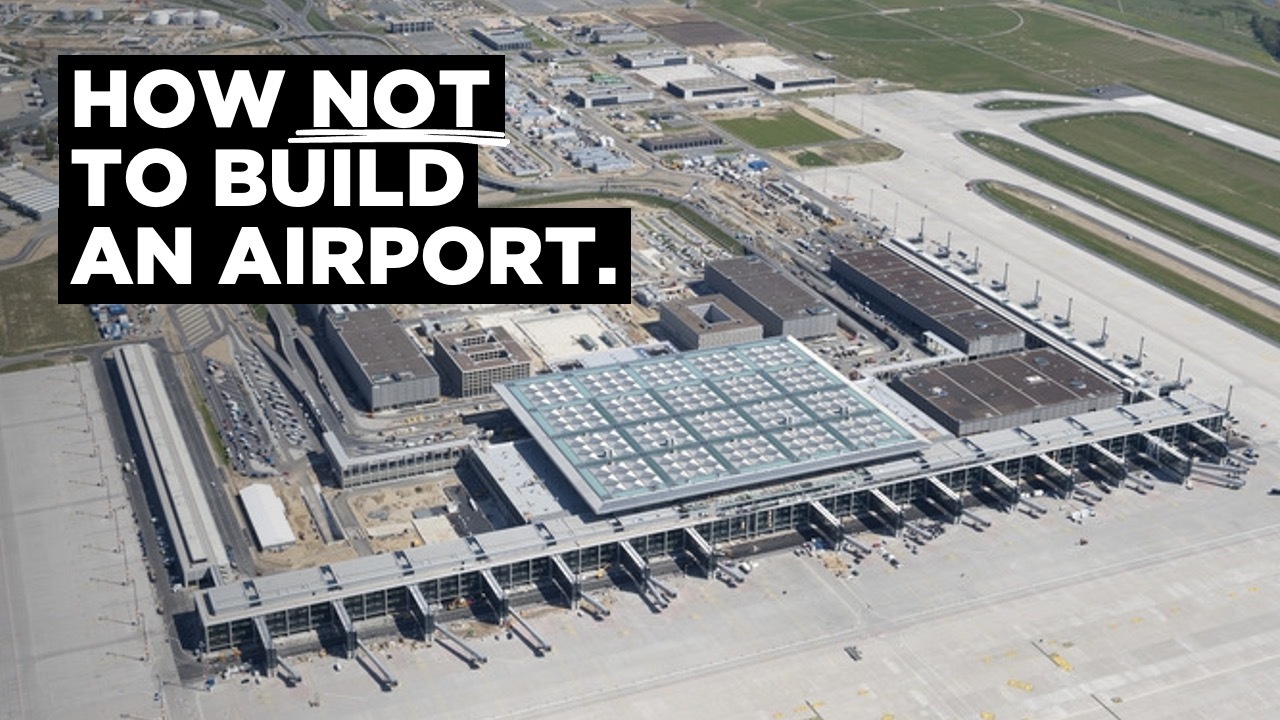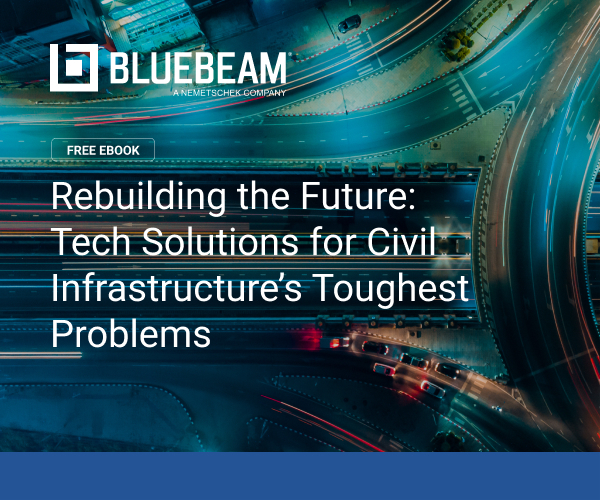What If We Automated Construction?
- Youtube Views 283,190 VIDEO VIEWS
This video and article contain product placement for Topcon.
FOR centuries, the construction industry has worked with the same materials and processes.
But now - with a rapidly rising global population, falling construction workforce, low productivity and immense demand for housing and more sustainable building techniques - the pressure is on to change.

Above: Robots could fill labour shortages in the future (image courtesy of AIST).
The rise of technology is a huge opportunity for the construction industry; enabling it to overcome many of its challenges while broadening its appeal
to young talent.
While automation has already entered construction in a number of ways, taking it much further could be truly transformational; filling the gaps where skilled labour cannot be found, freeing-up others to focus on more important work and improving efficiency while raising quality.
DESIGNING WITH AI
At the design stage, architects and engineers are already using modelling tools that automate work which would traditionally have been done manually.
Some are now using “predictive design” software - where artificial intelligence (AI) designs buildings and infrastructure compliant with regulations and best practice.
While the cultural importance of architecture means that the design process is unlikely to ever be fully automated, AI could soon play a major role in optimising designs; drawing in best practice from learning across thousands of projects.
By simply entering details about site conditions and our desired outcomes, machines could design the best possible house, hospital or school for that scenario, fully compliant with regulations.

Above: AI and predictive design can simply complex design processes (image courtesy of GRAPHISOFT).
This would build on the progress already being made in offsite manufacturing.
With elements of a building able to be mass-produced in automated factories - from small-scale components up to entire modules - AI will be able to select building materials from a predetermined kit-of-parts, parts that can be produced efficiently and sustainably at scale.
Above: The rise of "offsite manufacturing" in construction explained.
THE AUTOMATED CONSTRUCTION SITE
Automation is now beginning to transform construction sites too.
Building on the digital data developed in information models at the design stage, a wide range of tasks can now be undertaken with greater accuracy by machines.
Technology like Topcon’s Machine Control combines GPS with construction plant and digital models to partially automate tasks like earthworks.

Above: Topcon's Machine Control technology (image courtesy of Topcon).
With the machine using GPS to work out its location and highly accurate digital plans, it can carry out excavation or grading in a faster, safer and more efficient way. Works can even be adjusted through real-time updates.
Fully autonomous vehicles are beginning to emerge on sites too, currently carrying out simple but labour-intensive tasks like inspections or material transportation.
In time, swarms of artificially intelligent autonomous vehicles - with shared consciousness - could coordinate to plan and complete works in record time frames - transforming efficiency and reducing costs, while limiting environmental impacts.
The emergence of semi and fully autonomous vehicles is in fact part of a wider rise of robotics across construction.

Above: Robotics are becoming more prevalent in construction (image courtesy of Odico Formwork Robotics).
Mechanical arms are already being programmed to take over a range of repetitive and labour-intensive tasks - such as moving materials, tying rebar, building masonry walls and even 3D printing structures.
At the cutting-edge, some robots are already taking on more life-like forms, including Boston Dynamics’ Spot-Mini - which is being trialled in surveying and inspecting construction sites - and the humanoid “HRP-5P” robot developed by Japan’s National Institute of Advanced Industrial Science and Technology (AIST).
The future could well see these life-like machines taking over some of the most straight-forward and labour elements of building - not replacing job roles, but filling gaps where labour cannot be found and helping to make a radical step-change in productivity.
Overhead, unmanned aerial vehicles (UAVs) or “drones” are also now taking to the skies above sites, dramatically reducing the time taken to complete surveys and enabling better informed site or building inspections.

Above: Drones could play a significant role on sites (image courtesy of Topcon).
If drones took on an even wider role, they could support swarm construction, the aerial 3D printing of structures or even the transporting materials and people between locations.
As construction works progress, tools like Topcon’s GTL-1000 - which combines the setting-out power of a robotic total station (RTS) with a high definition laser scanner - enable project teams to collect powerful as-built data on their projects, unlocking more accurate progress reporting and helping to dramatically reduce on site errors.
DIGITAL BUILDING MANAGEMENT
Once construction work is complete, part-automating the management of buildings and structures could improve how they support our wellbeing and reduce running costs.
While robots and autonomous maintenance machines are now being trailed, we are already seeing some buildings sharing advanced information on how they are being used, the age of their systems and their energy use, enabling them to be operated in a more efficient way.
If aggregated globally, this data can be used to inform designers at the start of the process and the people and robots on site, improving the built environment that we all use every day.

Though automation often sparks fears of job losses, it is important to remember that many of these developments were born out of an industry-wide skills shortage that many apprenticeship schemes and career programmes are yet to solve.
If left unchecked, the shortage could lead to spiralling construction costs and a lack of key buildings like homes or hospitals as the sector struggles to keep up with demand.
These advancements also create entirely new industries in themselves, with a need for a re-trained human workforce.
In a world that is placing more demands on construction than ever before, and with our progression on this planet now dependent on creating enough homes, caring for others and limiting the environmental impact of our built environment, the automation of large parts of construction is key to our future.
Learn more about Topcon.
Narrated by Fred Mills. Additional footage and images courtesy of Topcon Positioning (GB), Swinburn University of Technology, Scaled Robotics, AIST, Volvo Construction Equipment, Odico Formwork Robotics, GRAPHISOFT, Innovare Systems, Katerra, Eliza Grinnell, Harvard School of Engineering and Applied Sciences, Hal Robotics, Advanced Construction Robotics, Construction Robotics, Boston Dynamics, ETH Zurich and Balfour Beatty.
We welcome you sharing our content to inspire others, but please be nice and play by our rules.
Comments
NEXT
Next up








